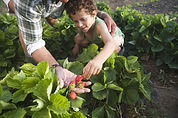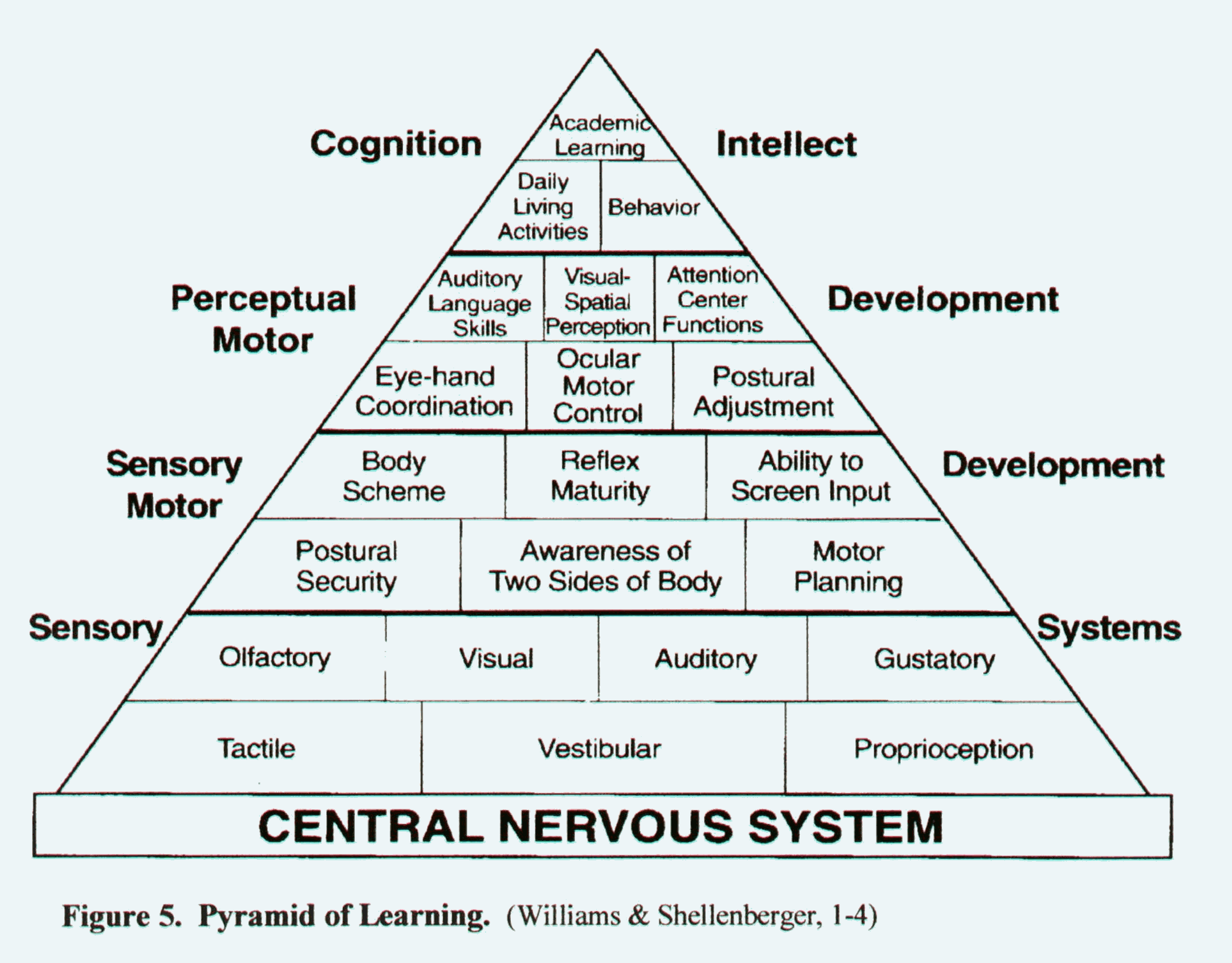

Orlando Occupational Therapy DBA
Margaret Orlando, OTR/L featuring the Tomatis Method meeting Pediatric needs in Rochester, New York
"Sensory Integration is the organization of sensation for use. Our senses give us information about the physical conditions of our body and the environment around us. When the flow of sensations [to the brain] is disorganized, life can be like a rush-hour traffic jam. You can think of sensations as "food for the brain"; they provide energy and knowledge needed to direct the body and mind. But without well-organized sensory process, sensations cannot be digested and nourish the brain."
A. Jean Ayres, Ph.D
Sensory Integration and the Child





Nothing can be found in the intellect if previously has not been found in the senses.
Michael Servetus
Nerve cells communicate with one another at specialized points called synapses. And these synapses are plastic - they can be modified by learning. Eric Kandel
Your brain - every brain - is a work in progress. It is 'plastic.' From the day we're born to the day we die, it continuously revises and remodels, improving or slowly declining, as a function of how we use it. Michael Merzenich
What is Occupational Therapy for children?
Occupational therapy refers to the art of assisting people to participate meaningfully in their "occupational roles". For children, these roles include: family member, student, friend and individual. The occupations that support these roles include: play, self-care, (sleeping, eating, bathing, dressing), socialization and formal learning. My ultimate objective as a therapist is to support the child's ability to participate in these important life activities.
What does "brain-based" refer to in therapy?
Brain-based therapy refers to understanding how the the brain processes information to support the development of skills. Instead of solely teaching skills directly, I look at the "hidden" systems that allow learning to occur, and try to uncover what is not working well when development is difficult for an individual. This understanding is the key to successful intervention. We live in an exciting time: the world of science is revealing new information every day that can inform our clinical process in order to make it better.
What is Sensory Integration? Sensory Integration refers to the process that the brain goes through to collect, sort, coordinate and assign meaning to the massive amount of information that comes in through our senses all the time. In order for our experiences to support development, we need to have an automatic, accurate perception of the world through our senses. We cannot feel secure, competent or ready to learn when we cannot make sense of what is happening around or within us. Sensory integration provides the foundation we need for emotional well-being, motor coordination, social skills and intellectual development. It is the bridge between the internal and external worlds.
Occupational Therapy







